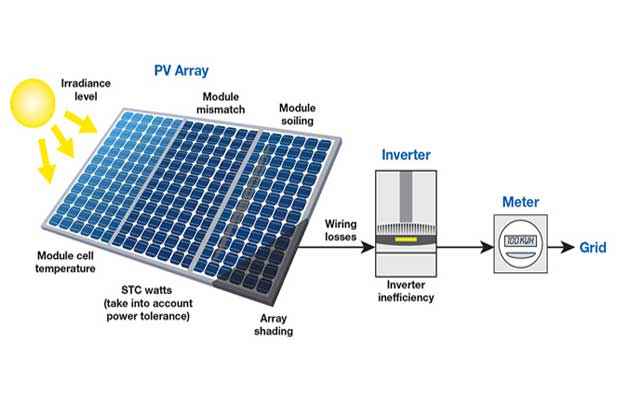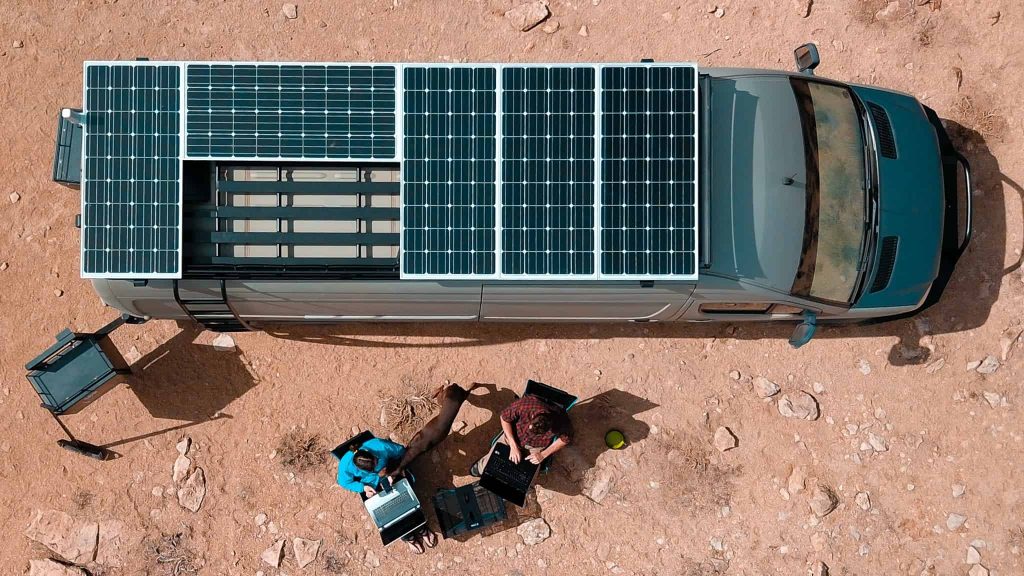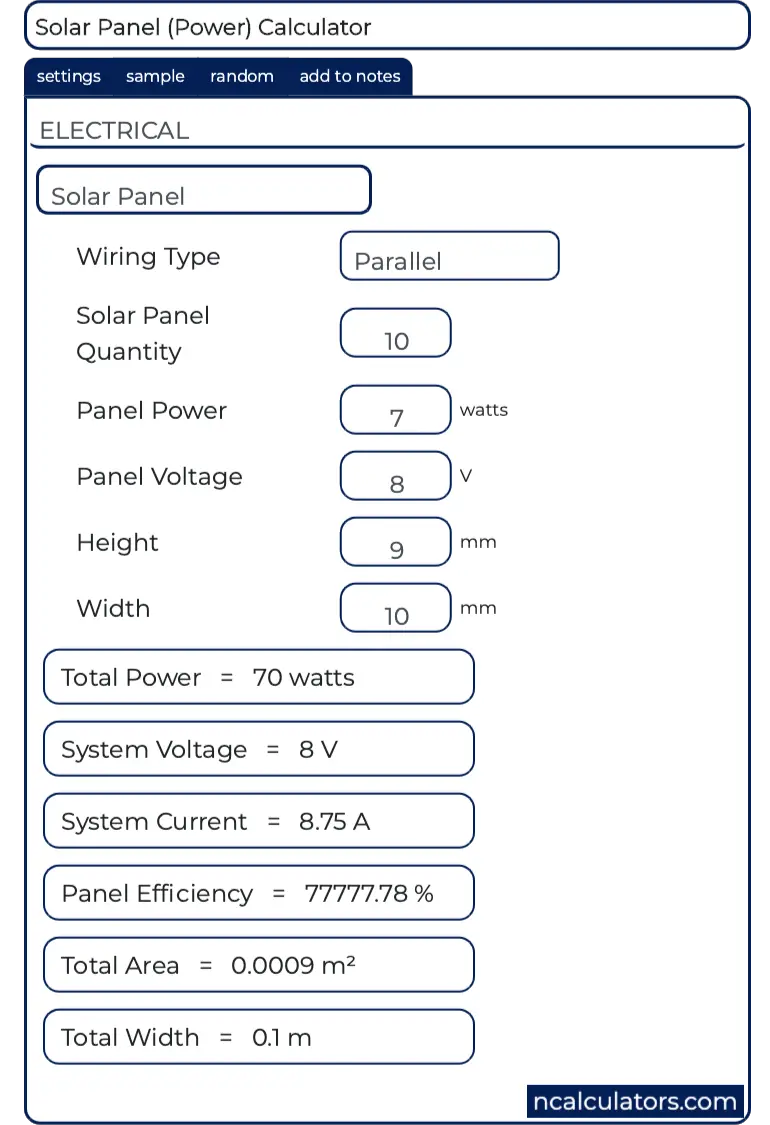Solar Panel Size To Power Ratio

If we increase the size of the solar array by adding more panels thereby increasing the dc to ac ratio of the system as illustrated by the green curve we can harvest more energy throughout the day.
Solar panel size to power ratio. The amount of energy that solar panels can absorb and then produce is measured in kilowatts kw. So to determine the watts of solar panels required we must first turn to our electrical usage table and add up the total. Solar panels for households typically come in the standard dimensions of 1 70m x 1 00m that s around 1 7m2 for every panel installed however the wattage output w of the panels will likely vary between 250w and 360w for a more efficient module. The amount of energy your home uses over a certain timeframe say a month is measured in kilowatt hours kwh.
3 84 kw gridtied battery backup solar system with outback power center and 12x heliene 320 panels wss outback grid tie w battery backup system for 12 heliene 60 cell modules 17 142 92. That panel is rated at 100 watts at peak efficiency meaning on a 78 degree cloudless day at solar noon on the equator during the equinox. The average solar panel payback period is 7 to 12 years and solar energy saves 600 to 2 000 per year on electricity costs. For example if your array is 6 kw with a 6000 w inverter the array to inverter ratio is 1.
A 5kw solar system may produce enough energy to power your home but you may not have enough roof space for a system of that size. Small solar panels yet you can also find panels of 150 160 or 175 watts. Solar panels the power plant. The average cost to install solar panels is from 10 626 to 26 460 after tax credit for a 6kw to 12kw system to power an entire house.
The array to inverter ratio of a solar panel system is the dc rating of your solar array divided by the maximum ac output of your inverter. Solar panels are sold in varying sizes but a 100 watt panel is a commonly found size particularly for rvs. A typical american home will need 14 36 solar panels to cover their power bill and at least 227 square feet of rooftop space to accommodate the solar panels. For example if two solar panels both have 15 percent efficiency ratings but one has a power output rating of 250 watts and the other is rated at 300 watts it means that the 300 watt panel is about 20 percent physically larger than the 250 watt panel.
Those solar panels used for residential purposes range from 150 watts to 370 watts per panel depending on the panel size efficiency and cell technology.














































